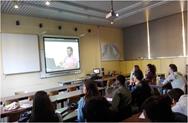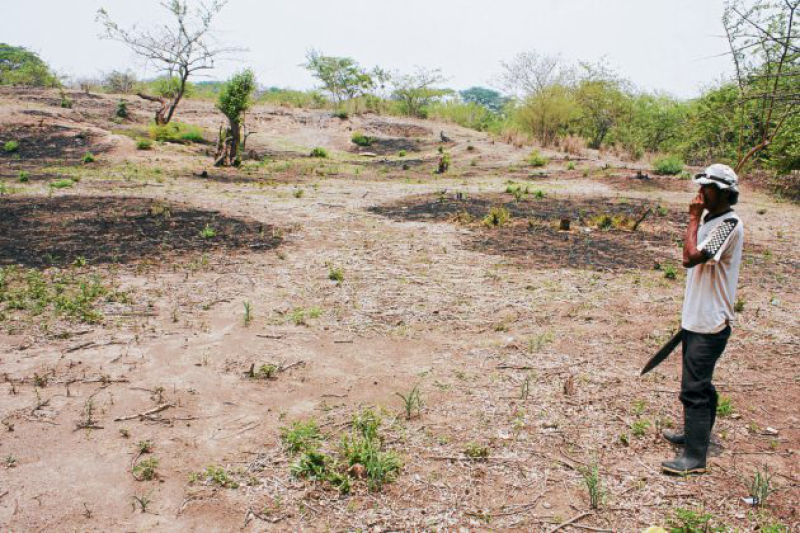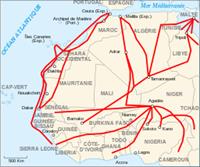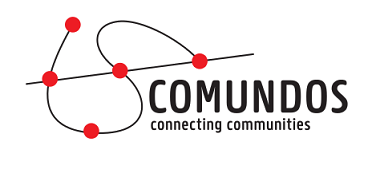How to use our stories in a pedagogical context ?
 As Comundos we have been working with sustainable development goals (SDGs) for years. Short stories, made in a 4-day course on digital storytelling, gives an authentic view on what the ‘learner’ is ‘living’. Comundos aims at helping youngsters and young adults to better develop their own identity, becoming more emancipated and growing a critical global awareness.
As Comundos we have been working with sustainable development goals (SDGs) for years. Short stories, made in a 4-day course on digital storytelling, gives an authentic view on what the ‘learner’ is ‘living’. Comundos aims at helping youngsters and young adults to better develop their own identity, becoming more emancipated and growing a critical global awareness.
As Comundos we have been working with sustainable development goals (SDGs) for years. Short stories, made in a 4-day course on digital storytelling, gives an authentic view on what the ‘learner’ is ‘living’.
Comundos aims at helping youngsters and young adults to better develop their own identity, becoming more emancipated and growing a critical global awareness.
Besides, Intercultural Dialogue becomes an important skill since it promotes important values such as respect, empathy, and cooperation among others. In addition, it allows people to recognize languages, regions, contexts, and cultures. By using the digital stories as didactical material we promote these values and knowledge as well as the ability to participate in intercultural dialogues.
 In the classroom
In the classroom
These videos are easy to use in a pedagogical context. Once teachers show these videos to their students, learners answer questions such as Is this information true? Did you know about the topic? Did you learn something new? What could be done about it? How could we ... ? Besides, these stories are useful to promote critical thinking, innovation, and creativity.
Students can be gathered in groups to listen to 1 story and reflect on it. Later they share their thoughts with the whole group.
Several stories with a similar focus can be selected in case you work on a certain theme.
We propose some examples of lessons to inspire. First, we show examples of two possible lessons regarding two usual subjects: Geography and Language. Next, we propose examples of lessons related to some themes related to SDGs such as Climate Change and Gender Equality.
 Geography
Geography
The aim of this lesson is to teach students geography by showing them digital stories from different countries and continents (Brazil, Honduras, Benin, …) and specific areas or communities. Once they watch a video they answer some questions and, in order to answer them, they need to learn to use tools that are helpful (e.g. Google Maps, Google Earth, Ventusky) to get specific information about places. With this chapter, we want to promote learning by using online media tools, group work, and doing active research.
 Languages
Languages
Language is one of the most important subjects in all kinds of education since people need to comprehend what they listen to or read as well as be capable of expressing themselves. The main objective of this lesson is to use digital stories so that learners improve their language skills by learning specific vocabulary related to some topics, and practicing reading, listening, and written comprehension. Besides, this lesson allows students to learn about different topics and therefore construct their own vision of problems, facts, etc. and develop their critical thinking.
Examples of themes:
 Climate change (SDG 13)
Climate change (SDG 13)
As the climate changes rapidly, most informed people realise this. When, during the courses, Comundos asked young people and their teachers in the Global South: Guatemala, Honduras, Mozambique, the Philippines, Cameroon, South Africa and Brazil, what message they would like to convey to the world, they often answered "climate change". Many see this as a challenge and want to learn about, seek for and act upon solutions.
The short stories from different continents give an insight into local challenges and solutions.
One of the big challenges that come with climate change is learning how to live together .. intercultural dialogues.
 Migration ( linked with Climate Change)
Migration ( linked with Climate Change)
People have always migrated. But since climate change, this is occurring more often. By using stories from different regions in the world, students can look for similarities, in different continents.
 Gender Equality (SDG 5)
Gender Equality (SDG 5)
The difference and inequality between gender has existed for many years, and continues to exist. In some countries there have been improvements related to gender equality, but in other countries, whether due to culture, religion or lifestyle, society continues to see women as the lowest gender and it is not offered the same opportunities for women as for men. Gender Equality is an important SDG and people from different continents want to achieve that goal. One of the ways to do it is by making short videos where different stories are told so that others reflect about that issue and propose some ideas.
Culture ( linked with Gender Equality)
The way people behave is strongly related to our culture. By using video storytelling people show that culture is something that evolves throughout the years. Because of that, the perception of the role of the female gender can change as well.
*Some themes and SDGs are very related to each other, as we have shown above. This can be also a great exercise to improve self-reflection, critical thinking, and promote discussion with respect.
Stories were made in 5 languages
Stories spoken in french were made in Benin, Rwanda, Cameroon, Congo and Senegal
Stories spoken in english were made in Cameroon, South Africa, Philippines, Nigeria and Belgium ( mixed languages in Belgium and Cameroon, look for the original language)
Stories spoken in portuguese were made in Brazil and Mozambique
Stories spoken in spanish in Honduras, Guatemala and Colombia
Stories spoken in dutch are made in Belgium. 1 en 2
A gift for Comundos
Over the years, Comundos has helped remote communities around the world by teaching critical thinking, media literacy and the use of communication technology.
To do this effectively, we need your support for computers, translations, courses and social media management.
Thank you .
BE11 1030 2973 8248




